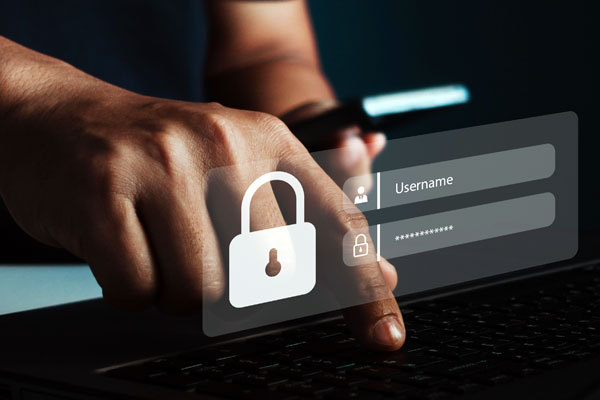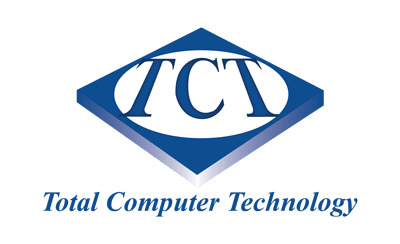
25 Jun MFA for Small Businesses
In today’s digital landscape, small businesses face increasing threats from cybercriminals who view them as easy targets. With 43% of cyberattacks aimed at small enterprises, relying solely on passwords is no longer sufficient. Multi-Factor Authentication (MFA) adds an essential layer of security by requiring users to verify their identity through two or more factors—such as a password and a code sent to their phone. This simple step can prevent unauthorised access even if login credentials are compromised.
Understanding the Basics of MFA
MFA works by combining different types of authentication: something you know (like a password), something you have (such as a phone or hardware token), and something you are (biometric data like fingerprints or facial recognition). For example, logging into your email might require both your password and a code sent to your mobile device. This dual-layer approach makes it exponentially harder for attackers to gain access, even if they’ve stolen your password.
Why Small Businesses Are Especially Vulnerable
Many small businesses mistakenly believe they’re too small to be targeted. However, attackers often exploit this mindset, knowing that smaller organisations may lack robust security protocols. A single compromised account can expose sensitive customer data, financial records, and internal communications. MFA helps mitigate this risk by ensuring that access requires more than just a password—making it a critical component of any small business’s cybersecurity strategy
How to Implement MFA Without Overwhelming Your Team
Rolling out MFA doesn’t have to be complicated. Start by identifying the most sensitive systems—email platforms, cloud storage, financial tools, and remote access portals. Then, choose an MFA solution that fits your business size and needs. Options like Google Authenticator, Duo Security, and Okta offer scalable solutions that are easy to deploy and manage. Begin with critical systems and expand gradually, ensuring staff are trained and supported throughout the transition.
Overcoming Common Challenges
One of the biggest hurdles in implementing MFA is user resistance. Employees may view it as an inconvenience or fear it will slow down their workflow. To address this, educate your team on the importance of MFA and how it protects both the business and their personal data. Provide clear instructions and support during setup, and consider using user-friendly tools that integrate seamlessly with existing systems
The Bottom Line: Security Is a Shared Responsibility
MFA is one of the most effective and affordable ways to protect your business from cyber threats. It’s not just a technical upgrade—it’s a cultural shift toward prioritising security. By implementing MFA, small businesses can safeguard their operations, build trust with clients, and ensure compliance with industry standards.
Robert Brown
25/06/2025
Related Articles:
Simple Backup and Recovery Plans
Guide to Strong Passwords and Authentication


